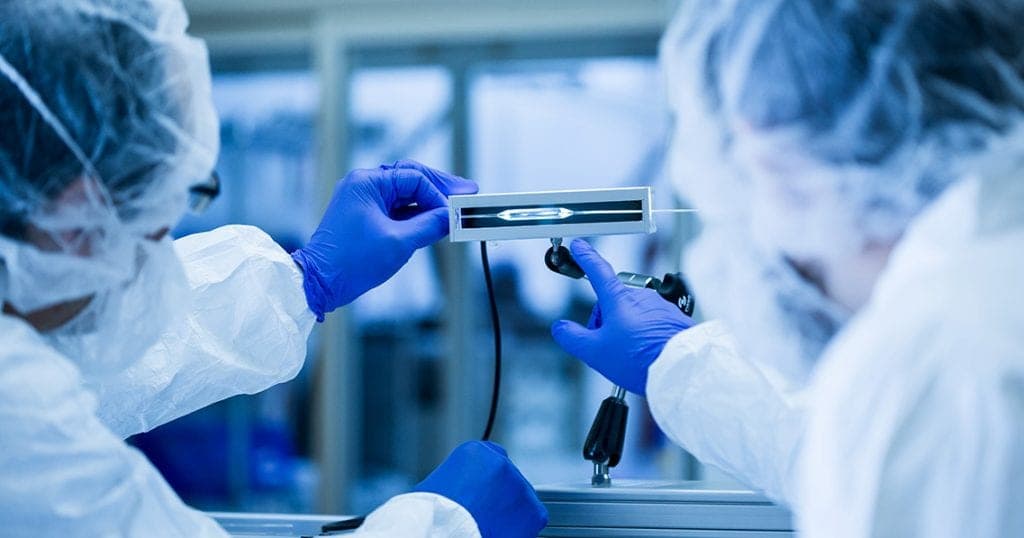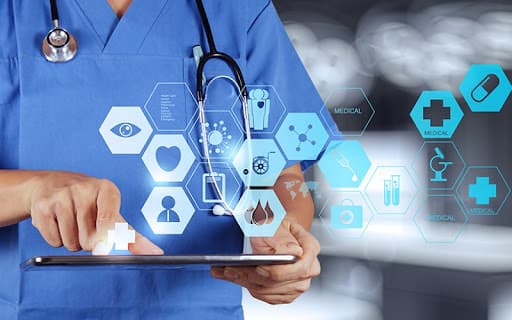
The Impact of Medical Technology: Key Benefits Explained
Medical technology has become a cornerstone of contemporary healthcare, revolutionizing the methods used for diagnosing, treating, and preventing illnesses. With continuous advancements, new innovations emerge each year, enhancing patients’ quality of life, accelerating recovery, and offering more precise and tailored treatment options. This article explores in detail the significant impact of medical technology on various aspects of healthcare and the advantages it provides to both patients and medical professionals worldwide.
Early diagnosis and accuracy
Modern medical technology has significantly improved diagnostic processes, enabling early detection of diseases. This makes it possible to start treatment on time, prevent the development of more serious conditions and increase the effectiveness of therapy. Precise and high-resolution diagnostic methods help doctors to detect diseases that may not have been noticed before the onset of obvious symptoms.
Examples of technologies:
- Magnetic resonance imaging (MRI) and computed tomography (CT): these diagnostic methods allow the early detection of internal diseases and abnormalities such as tumors, inflammation, organ and tissue abnormalities. They play an important role in the timely detection of diseases that might otherwise go undetected until more serious symptoms appear.
- Genetic tests: genetic analysis can be used to identify predisposition to inherited diseases such as cancer, diabetes or cardiovascular diseases. These tests allow prevention based on individual risks, as well as the selection of the most appropriate treatment based on the patient’s genetic characteristics.
- Biometric sensors: devices such as wearable fitness trackers or smart watches can continuously monitor health indicators such as heart rate, blood sugar or blood pressure. This real-time data makes it possible to detect abnormalities, alerting the patient to potential problems even before obvious symptoms appear. This information can then be shared with the physician for more detailed analysis and decision-making.
Improving the quality of treatment
Medical innovations have significantly enhanced the effectiveness and safety of treatments. With the help of advanced technologies, surgeons can now perform procedures with exceptional precision, minimizing patient risks and shortening recovery periods. These advancements also enable more personalized and accessible treatments, ultimately boosting the overall quality of healthcare.
Impact of Technology:
- Robotic surgery: Robotic surgeons enable surgeries to be performed with minimal incisions, which reduces traumatic interventions, decreases the risk of complications, and speeds recovery from surgery. This is especially important for complex surgeries that require high precision.
- Personalized treatment: Modern technology makes it possible to create individualized treatment regimens based on patient data such as genetics, lifestyle and current diseases. This allows the most effective drugs and treatments to be selected, increasing their effectiveness and reducing the risk of side effects.
- Teleoperations: Utilizing telecommunications technology, doctors can conduct surgeries remotely through robotic systems. This is especially beneficial for patients in underserved regions where access to expert medical care is limited.

Accelerating medical research
Modern technology plays a key role in speeding up medical research, allowing us to significantly reduce the time it takes to develop new treatments and medicines. The use of artificial intelligence and machine learning makes it possible to process large amounts of data, which helps to identify patterns faster, optimize development processes and predict the effectiveness of various drugs.
Innovation in research:
- Big Data Analytics: Modern technology allows researchers to collect and analyze huge amounts of data, which helps in identifying hidden connections and trends. This opens up new horizons in the study of diseases, their causes and possible treatments.
- Artificial intelligence: AI is being used to predict the effectiveness of new drugs and develop more targeted therapeutic approaches. It helps reduce clinical trial times and improve the accuracy of predictions, which speeds up the introduction of new therapies.
- 3D printing: This technology can create accurate models of organs and tissues, which is extremely useful for both training doctors and planning complex surgeries. 3D printing helps in creating customized implants and testing new surgical techniques.
Accessibility of medical services
Contemporary medical technology has significantly enhanced healthcare accessibility, particularly for individuals living in remote areas or with disabilities. Thanks to these advancements, patients can now receive high-quality consultations and treatments from the comfort of their homes, greatly expanding healthcare access to a broader population.
Benefits:
- Tele medicine: This technology allows patients to consult with doctors at a distance, which is especially important for people living in remote or hard-to-reach areas. Tele-consultations allow for quick medical care without the need for long trips to the clinic.
- Mobile apps: Dedicated health apps allow users to track their medical conditions, set medication reminders, and access consultations with specialists. These tools enable patients to manage their health more efficiently and receive prompt care when needed.
- Process automation: Implementing automated systems in healthcare settings streamlines operations, lightens the workload of medical personnel, and accelerates service delivery. This not only enhances the efficiency of clinics and hospitals but also ensures patients receive faster and higher-quality care.
Reducing healthcare costs
Medical technology is crucial in lowering healthcare costs by delivering more efficient treatments and streamlining hospital and clinic operations. These innovations not only enhance the quality of care but also make healthcare more affordable for both patients and providers.
How it works:
- Reducing hospital expenses: Advanced diagnostic technologies allow for early disease detection, minimizing the need for extended and expensive treatments or hospital stays. This not only lowers overall healthcare costs but also accelerates patient recovery.
- Optimizing healthcare facilities: The adoption of technological solutions, like electronic medical records and process automation, enhances resource management. This leads to reduced operational costs, better utilization of medical staff time, and increased efficiency within healthcare facilities.
- Remote monitoring: Telemedicine and wearable health devices enable patients to track their health from home. This decreases the need for frequent clinic visits, lightens the load on healthcare facilities, and results in cost savings.
These technologies not only enhance the affordability and quality of healthcare, but also play a key role in lowering the overall cost of services, boosting efficiency, and making care more accessible to everyone.